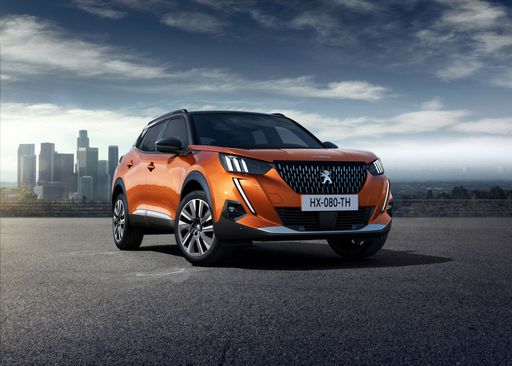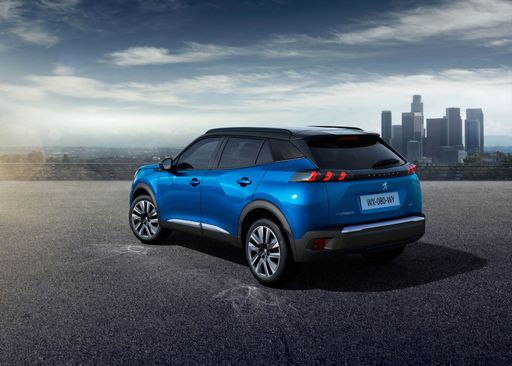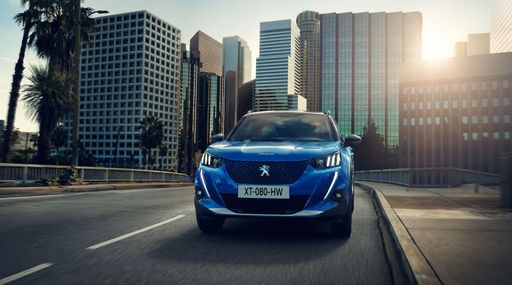Omoda 5 vs Peugeot 2008: A Thorough Technical Duel
Two modern SUVs are turning heads in the automotive landscape: the Omoda 5 and the Peugeot 2008. Both vehicles carry a 2024 model year badge, and each has unique offerings in terms of technology, performance, and driving experience. Let's dive into the technical aspects and innovations that differentiate these two contenders.




